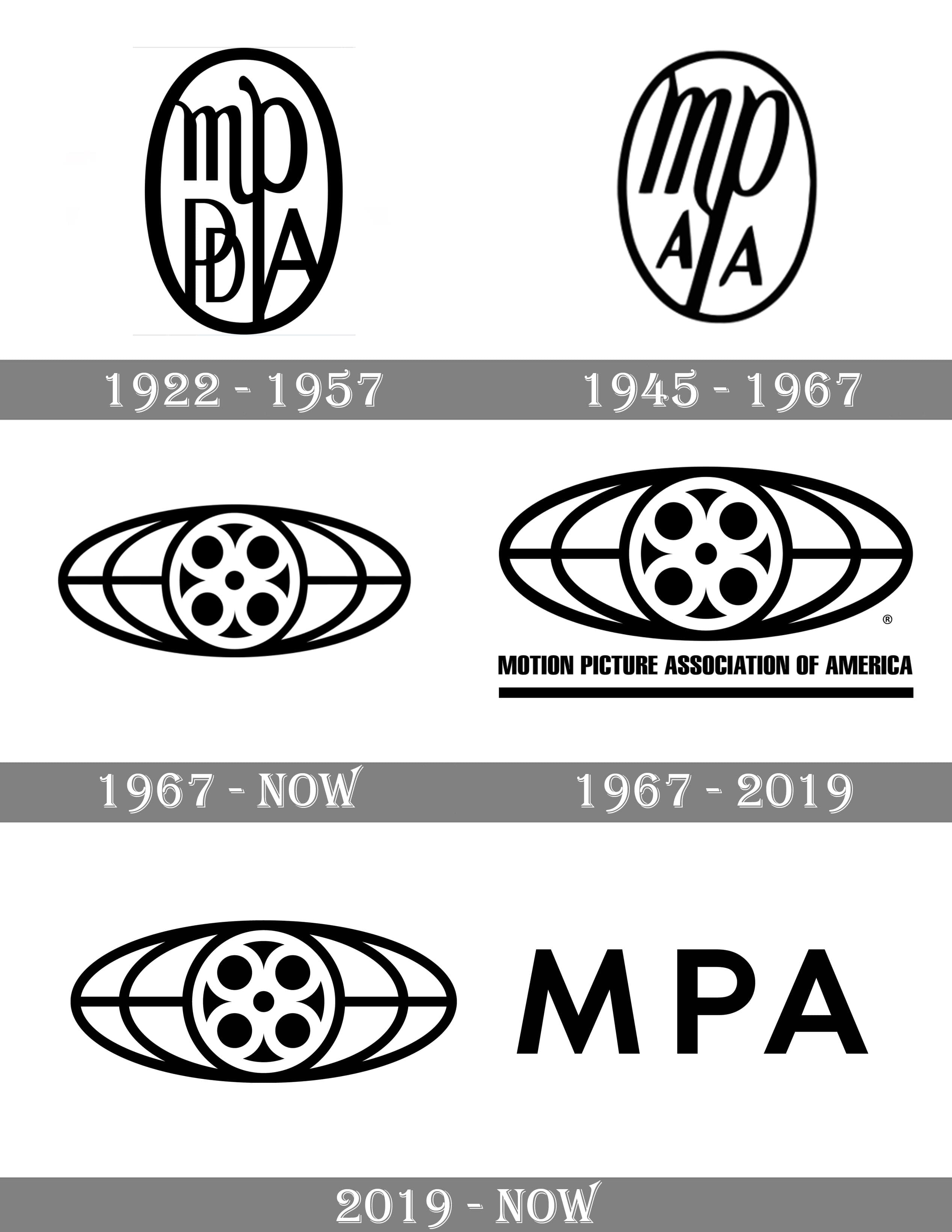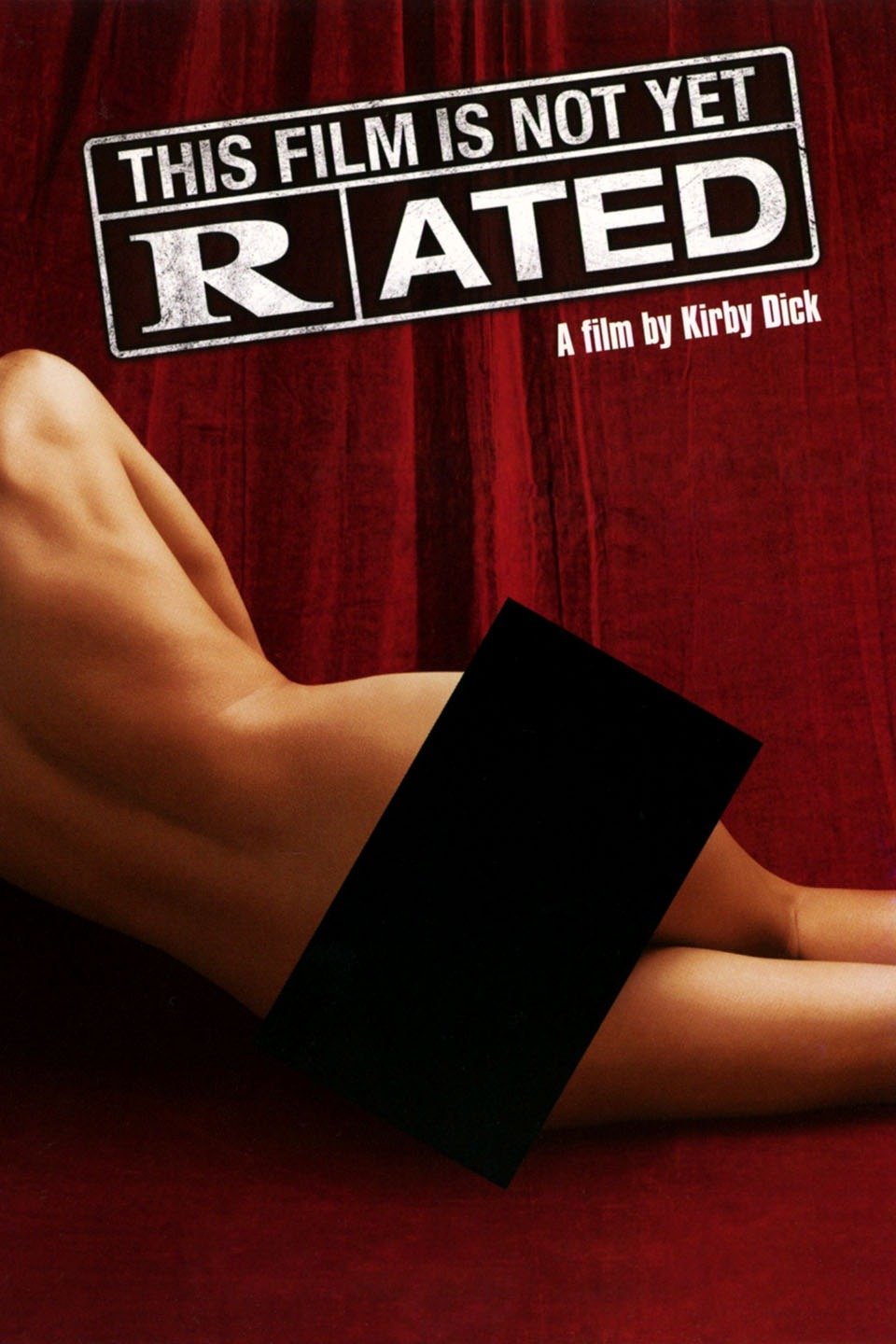While I may be jumping the gun when it comes to social media, I think it plays an important part in how Uses and Gratification Theory affects us today. Within U&G, the theory states we, the audience and consumers of media, are not passive to the media we consume but instead curate our media intake to suit our needs and desires. These main needs are summarized as cognitive, affective, personal and social integrative, and tension free needs. Simply, these are a means at our disposal to arguably fulfill Maslow’s psychological and self-fulfillment needs. Wikipedia rabbit-holes or (real and informative) news can meet our cognitive needs. Music, art, books, etc. can be used towards our affective needs. Personal and social integration relate to how we view ourselves, self esteem and image, as well as how we view ourselves in relation to our peers. Media we consume to relax or unwind works towards our need for tension relief.

I think our uses of media today is different (read perverted) from how we used to consume media even as little as 10 years ago when viewed through the lens of Uses and Gratification Theory. Whereas before, our choice of media may have been comparatively limited, it still effectively worked to fulfill our main 5 needs defined by U&G theory. Now however, I think we have slipped back towards the Magic Bullet Theory, that the audience is passive. The Magic Bullet Theory now only acts behind a mask of U&G theory. Producers and distributors of media have learned how to hijack our media to deliver their message to us. Look at nearly any social media platform nowadays. These platforms are run by algorithms that decide for you what you’ll want to see in your feed.

As an example, look at all the back lash that Facebook and Instagram received some years back, and more recently tiktok, when it came to teen’s self image, beauty standards, and eating disorders. These feeds are supposed to help us relax and feel good about ourselves? Clearly they don’t. With one hand, they create a problem and with the other, offer what they claim is a solution. They show you people who look better than you, often via photoshop or plastic surgery, and these feeds ask why don’t you look as good as these people. Through this comparison between yourself and what you’re being shown, you’ll begin to pick out the differences and try to remedy this discrepancy. “Your” use of these platforms becomes the platforms use of you as it tells you here’s how you can do better and show it to everyone else.

Through this cyclic cycle, our media has co-opted the needs we seek to fulfill within Uses and Gratification theory to suit its own needs, turning us once again into pawns of the Magic Bullet Theory.



















